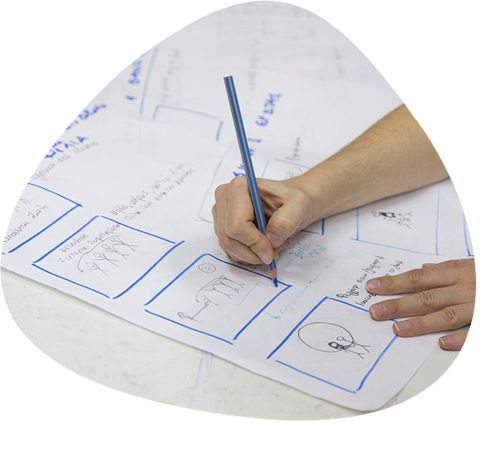About
In its original form, Film Education - A user’s guide was a Mass Open Online Course (MOOC) which was available vie a UK organization called FutureLearn. It was a structured course where learners were expected to start at the beginning and work their way through to the end.
In developing this website which contains the contents of the MOOC, we have attempted to offer educators a variety of different ways of using the contents, depending on their situation and intention of using the materials contained herein.
The contents offer a variety of approaches to film education, based on the experiences of the authors. It is NOT the definitive guide to film education, rather a series of starting points, based on the Framework for Film Education (2014 BFI).

We envisage the contents of this website might be used in the following ways:
- In service training for teachers in schools.
- In service training for educators in kindergartens.
- Personal teacher development.
- University teacher training courses.
- Guidance on specific areas of film education.